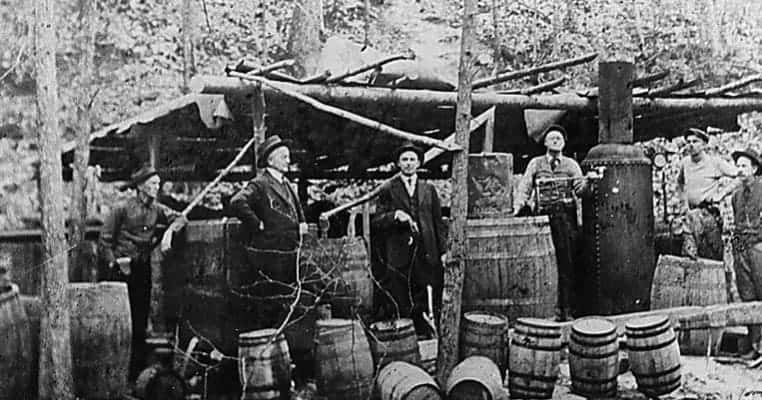The impact of Appalachia’s people and culture is found in food and entertainment, industry and business, music and entertainment, literature, language, and history. Often it is in the form of parody. Vast financial empires have taken advantage of the myths of Appalachian history; these can be found in Gatlinburg, Tennessee as well as neighboring Pigeon Forge, and their tourist-aligned entertainment based on the myths of the southeastern mountains and their people. The real, often hardscrabble and desperate lives of the people of the region, and their contributions to American society and history are often buried beneath these myths. Here for consideration are some facets of America’s Appalachian culture, both mythical and factual.
1. The ravishing beauties of the Appalachian hills

One of America’s most enduring fictional characters is the hillbilly beauty, a tomboy as strong if not stronger as any man; voluptuous, innocent, and ever in pursuit of a man for whom she has set her cap. The image, as with many mythical perceptions of Appalachia, was born in the comic strip Li’l Abner, the creation of satirist Al Capp, and his female character Daisy Mae. Ellie Mae of The Beverly Hillbillies and Daisy Duke of The Dukes of Hazzard are direct descendants of the character. A similar image of a shapely young lass, in tiny shorts and revealing top, is prevalent in advertising throughout the United States, a long recurring theme in American culture.

